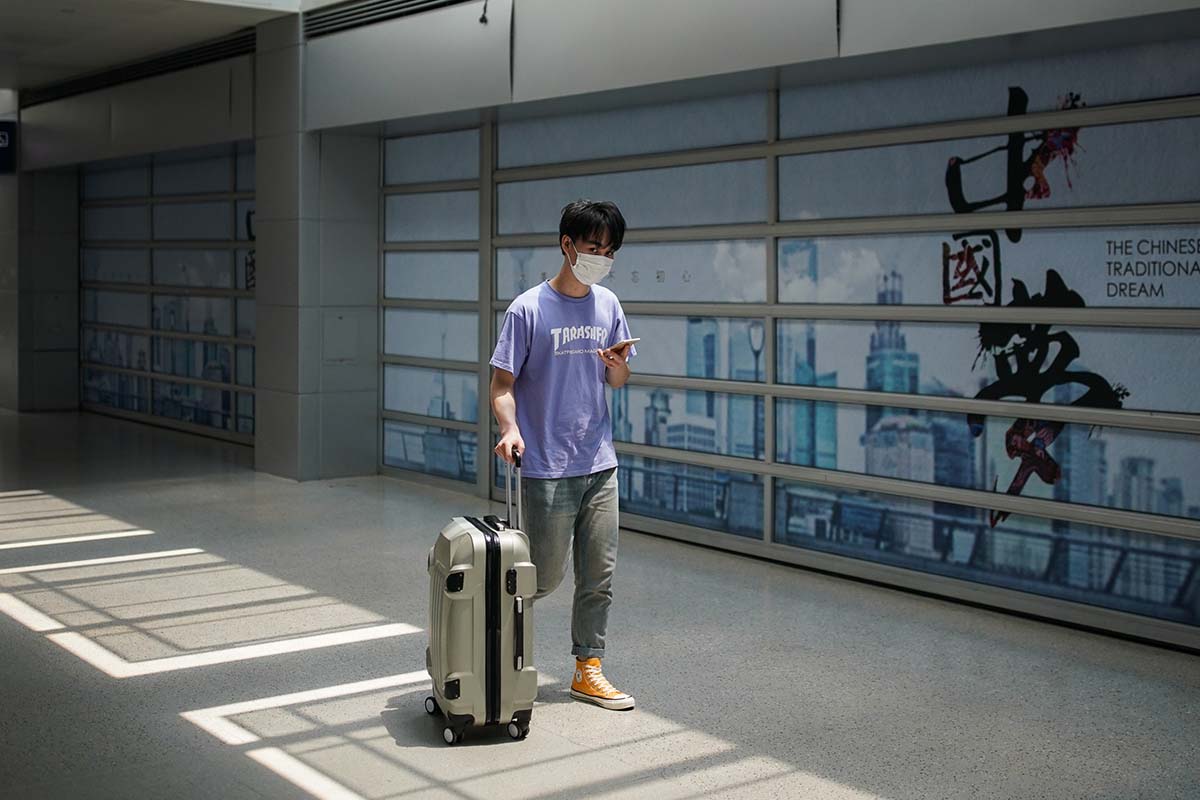We’re going to travel again, embrace the outdoors and stick to budgets, though that might wait for fall.
That’s the early analysis of travel trends in “The Way Back: What the World Can Learn from China’s Travel Restart after COVID-19,” a new report from the consulting firm McKinsey & Company.
Caveat: The new report starts with the idea that domestic reported cases of COVID-19 in China are almost zero, but there have been recent pockets of concern. Still, the country is at a point where “almost all” offices, factories, schools, retail outlets and tourist attractions have reopened.
The good news is that confidence amongst Chinese citizens is way up in regards to returning to work, eating out and travel, albeit domestically (where confidence is up 60% in two weeks).
A few key stats from the report:
- Although long weekend travel was severely down from last year, travel showed an uptick between recent April and May holidays.
- The people traveling are significantly younger. As the report notes, “On Tomb Sweeping Day, the first holiday following the pandemic, 60 percent of the people who booked trips were below the age of 30—a significant increase from 43 percent in the same period last year.”
- Airline seat capacity is at January levels, although the number of flights have decreased (since almost all travel is domestic).
- Hotel occupancy has risen from under 10% to around 40% in the last few months.
The top travel spots have shifted — people are going to city centers like Shanghai instead of distant resort areas like Sanya (sort of China’s Hawaii, as the report notes), and they’re preferring to drive. And these younger, non-business travelers are gravitating toward economy lodging and boutique hotels over luxury stays.
Most travelers in China see a peak recovery around September or later, and they plan to focus on areas that aren’t clogged with tourists but offer scenic outdoor space … and any tours they’re taking will be self-guided.
Most importantly, people are traveling and the travel industries are responding, with flight prices down 30% from a year ago and more amenities available (and also health checks and requirements, naturally) at airports.
If the U.S. optimistically follows this path, we might see some legitimate busy domestic travel — and travel deals — come early fall.
Subscribe here for our free daily newsletter.
Thanks for reading InsideHook. Sign up for our daily newsletter and be in the know.
